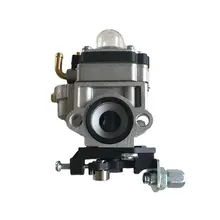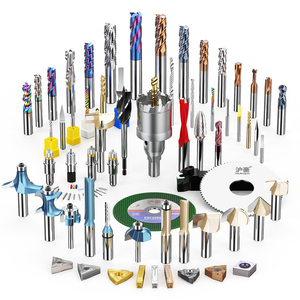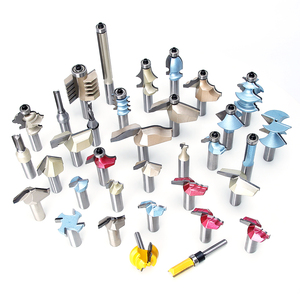Introduction to Face Mill Cutters
Face mill cutters are a cornerstone in the realm of industrial milling, offering precision and efficiency. These tools are designed for machining a wide array of materials, making them indispensable in workshops and manufacturing facilities. Unlike standard milling bits that are limited to axial cuts, face mill cutters provide the flexibility of both axial and radial direction machining, enhancing their utility in complex operations.
Types and Applications
The versatility of face mill cutters is evident in their various types, each suited to specific applications. Three-axis models offer maneuverability in positioning, facilitating intricate designs with their vertical and horizontal spindles. Four-axis cutters, with their rotating tables, are pivotal in the automotive and aviation sectors, while the five-axis variants excel in creating intricate components with their additional rotary axes. The adaptability of these cutters to different axes underscores their broad applicability across industries.
Features and Materials
Face mill cutters are distinguished by their construction and the materials they can shape. The cutters come in diverse geometries, from cylindrical to conical, and even complex forms like hemispherical designs. This range allows for the processing of various mechanical parts, whether in single prototypes or mass production. The materials used to manufacture these cutters are selected for durability and performance, ensuring longevity even under rigorous use.
Advantages of Using Face Mill Cutters
The strategic use of face mill cutters in milling operations brings forth several advantages. Their ability to cut in multiple directions not only increases efficiency but also reduces the time spent on tool changes. Additionally, the option to attach accessories enhances their functionality, allowing for a more tailored approach to specific milling tasks. This flexibility is crucial for industries that require precision and adaptability in their machining processes.
Choosing the Right Face Mill Cutter
Selecting the appropriate face mill cutter is critical for achieving desired outcomes in milling tasks. Factors such as the material to be milled, the complexity of the part design, and the type of milling machine in use all play a role in determining the most suitable cutter. It is essential to consider these variables to ensure optimal performance and the successful completion of milling operations.
Conclusion
In summary, face mill cutters are a fundamental component in industrial milling, with a range of types and features designed to meet the demands of various applications. Their construction and the materials they can machine position them as a versatile choice for shaping mechanical parts. When selecting a face mill cutter, it is important to consider the specific requirements of the task at hand to leverage the full advantages these tools offer.










































 浙公网安备 33010002000092号
浙公网安备 33010002000092号 浙B2-20120091-4
浙B2-20120091-4